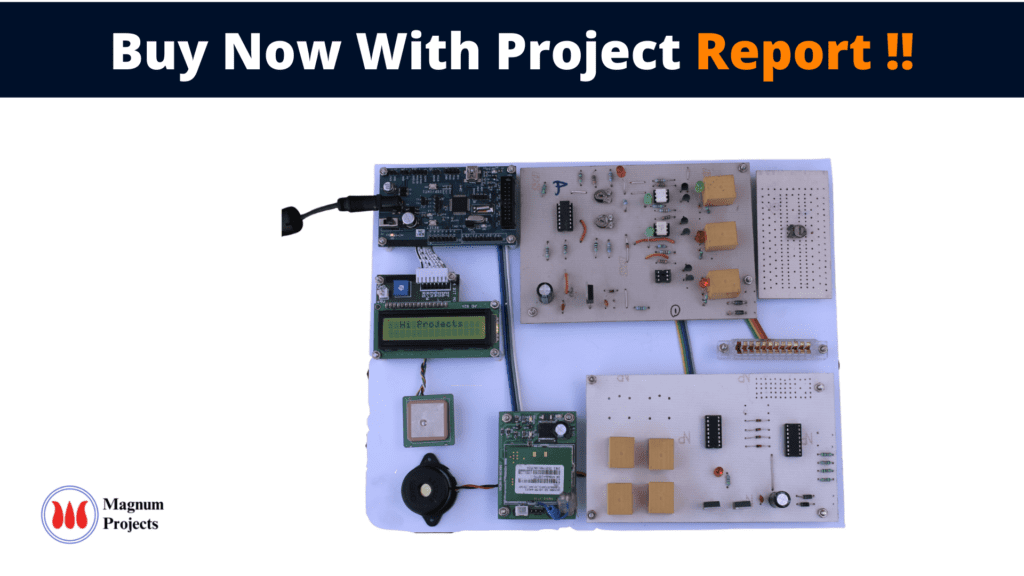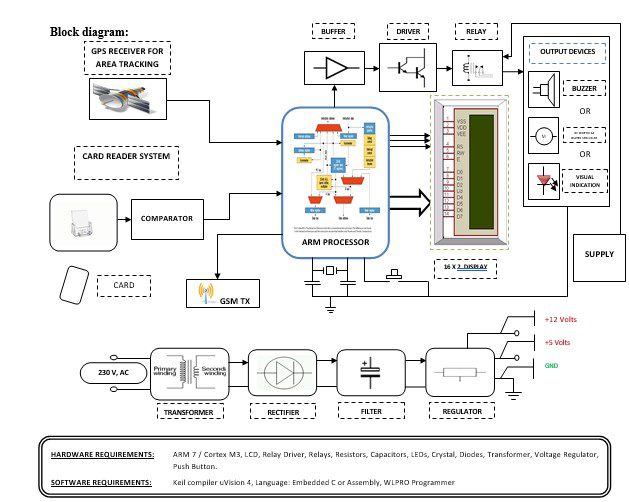Table of Contents
Introduction:


A smart card, a type of chip card, is a plastic card embedded with a computer chip that stores and transacts data between users. This data is associated with either value or information or both and is stored and processed within the card’s chip, either a memory or microprocessor. The card data is transacted via a reader that is part of a computing system. Smart card-enhanced systems are in use today throughout several key applications, including healthcare, banking, entertainment, and transportation. To various degrees, all applications can benefit from the added features and security that smart cards provide. According to Euro smart, worldwide smart card shipments will grow 10% in 2010 to 5.455 billion cards. Markets that have been traditionally served by other machine-readable card technologies such as bar-code and magnetic stripe are converting as the calculated return on investment is revisited by each card issuer year after year. First introduced in Europe nearly three decades ago, smart cards debuted as a stored value tool for pay phones to reduce theft. As smart cards and other chip-based cards advanced, people found new ways to use them, including charge cards for credit purchases and for record keeping in place of the system. In the U.S., consumers have been using chip cards for everything from visiting libraries to buying groceries to attending movies, firmly integrating them into our everyday lives. Several U.S. states have chip card programs in progress for government applications ranging from the Department of Motor Vehicles to Electronic Benefit Transfer (EBT). Many industries have implemented the power of smart cards into their products such as GSM digital cellular phones to TV-satellite decoders.


Block diagram explanation :
Power supply unit:
This section needs two voltages viz., +12 V & +5 V, as working voltages. Hence specially designed power supply is constructed to get regulated power supplies.
Comparator:
This part reads the user card, if found valid then it process next. This card automatically recognizes the privilege level. The heart of this card reader is the popular Operational Amplifier IC. Here every card offers some unique amount of resistance to the card reader block. Depending upon the resistance the card offers, the card reader comes to know what privilege the cardholder got.
GPS module:
This is a GPS Receiver (5V Serial) with high gain having 4 Pin 2.54mm pitch strip. The third-generation POT (Patch Antenna on Top) is used by the receiver for the GPS module. It can be interfaced with normal 5V ARM7 with the help of the in-built 3V-5V converter. The interfacing is made easier with the help of a low pin count (4-pin) strip. The 4 Pins are 5V, TX, RX, and GND. This standalone 5V GPS Module does not require external components. It consists of an internal RTC Back up battery and can be directly connected to the USART of the ARM7.
The current date, time, longitude, latitude, altitude, speed, and travel direction / heading among other data, are provided by the module and can be used in many applications including navigation, fleet management, tracking systems, mapping, and robotics. The module can support up to 51 channels. The GPS solution enables small form factor devices which deliver major advancements in GPS performance, accuracy, integration, computing power, and flexibility. They are used to simplify the embedded system integration process.
GSM:
GSM Shield (SIM 900a): The SIM900 which is a complete Quad-band GSM/GPRS solution comes in a SMT module that can be embedded in customer applications. Featuring an industry-standard interface, the SIM900 delivers GSM/GPRS 850/900/1800/1900MHz performance for Data, voice, SMS, and Fax in a small form factor and with low power consumption. SIM900 can fit almost all the space requirements in the M2M application with dimensions of 24mm x 24mm x 3 mm. SIM900 is designed with a very powerful single-chip processor integrating AMR926EJ-S core. Quad-band GSM/GPRS module with a size of 24mmx24mmx3mm, SMT type suit for customer application, An embedded Powerful TCP/IP protocol stack Based upon the mature and field-proven platform, backed up by our support service, from definition to design and production.
NOTE: Modem may change.
ARM processor:
ARM is a computer processor-based RISC architecture. A RISC-based computer design approach means ARM processors require significantly fewer transistors than typical processors in average computers. This approach reduces costs, heat, and power use. The low power consumption of ARM processors has made them very popular:
The ARM architecture (32-bit) is the most widely used in mobile devices, and the most popular 32-bit one in embedded systems.
ARM processor features include:
- Load/store architecture.
- An orthogonal instruction set.
- Mostly single-cycle execution.
- A 16×32-bit register.
- Enhanced power-saving design.
Buffers:
Buffers do not affect the logical state of a digital signal (i.e. a logic 1 input results in a logic 1 output whereas logic 0 input results in a logic 0 output). Buffers are normally used to provide extra current drive at the output but can also be used to regularize the logic present at an interface.
Drivers:
This section is used to drive the relay where the output is the complement of input which is applied to the drive but the current will be amplified.
Relays:
It is an electromagnetic device that is used to drive the load connected across the relay and the o/p of the relay can be connected to the controller or load for further processing.
Indicator:
This stage provides a visual indication of which relay is actuated and deactivated, by glowing respective LED or Buzzer.
Methodology:
The project aims in designing a system that automatically detects the cards and sends the alerting message to the predefined number. Now a day’s technology is running with time, it completely occupied the lifestyle of human beings. It is being used everywhere in our daily life to fulfill our requirements. We can not only increase the speed of life but also increase security with good ideas by making use of advanced technology.
With ARM7 as the core, the new intelligent vehicle security system integrated a lot of hardware modules such as GPS positioning and wireless transmission, the design of the system software used the embedded software developing platform. Through the hardware/software co-design, the new intelligent vehicle security system implemented the functions of video capturing, GPS positioning, and wireless transmission, meeting the needs of vehicle owners regarding Vehicle Security.
Advantages:
1. Two-level security system.
2. Less time consumption.
3. The proposed system is secure and does not allow unauthorized users to access the system.
4. No need for the bank manager to be present physically in the bank when the locker is to be opened.
5. The highly secure system even if the smart card and mobile are stolen.
Disadvantages:
- The only thing that is clear about constitutional protections for location-based service information is the lack of clarity
Applications:
- Banking/payment.
- Loyalty and promotions.
- Access control.
- Stored value.
- Identification.
- Ticketing.
- Parking and toll collection.




